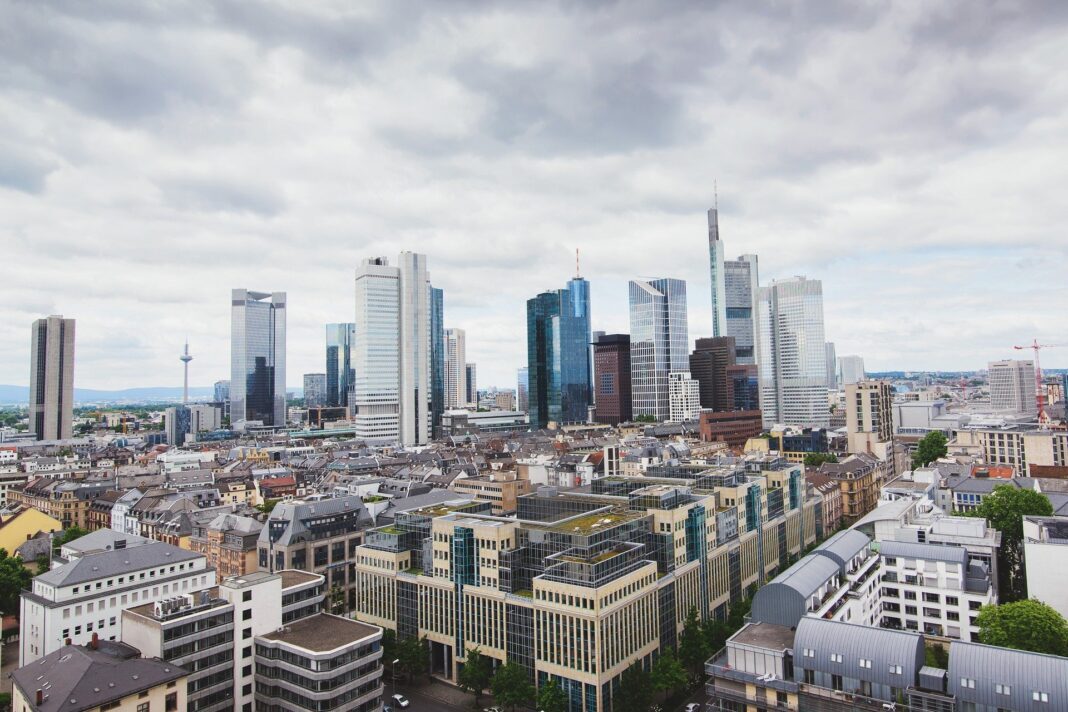
With limited resources and a changing climate, how can we build a healthy and sustainable urban future? Here, Nick Cowley, MD of aluminium building product supplier, Endurawood, shares insight into creating cities that can effectively support a growing number of residents.
THE number of people across the globe that live in urban environments is expected to reach 68% by 2050. It’s vital that these residents move into modern urban areas that promote environmental sustainability and resident wellbeing. Governing bodies must work with civil engineers to upgrade towns and cities now in order to effectively prepare for the influx of urban residents.
Sustainable buildings
According to the World Green Building Council, the construction and operation of buildings currently accounts for 39% of global carbon emissions. A growing urban population isn’t the only change expected for 2050. In line with legislation passed by parliament in 2019, the UK’s net emissions of greenhouse gases must reduce by 100% relative to 1990 levels by the same year. If we’re to continue to build while working to reach net zero targets, it’s vital that urban buildings are made to be more environmentally friendly.
A number of sustainable features can be incorporated into new buildings, or retrofitted onto existing ones. Installing solar panels onto building roofs will incorporate more renewable energy into the building’s overall supply. As well as lowering reliance on fossil fuels, this can save the owner six to ten pence per kilowatt hour (kWh) in energy bills.
Additionally, roofs can be adapted to form green roofs, which involves growing a layer of vegetation on top of the building. Green roofs remove carbon dioxide from the surrounding air and add an extra layer of insulation. They have also been shown to increase the efficiency of solar panels by keeping the area cool through evapotranspiration.
Another beneficial feature that can be added to the exterior of buildings is cladding. Exterior cladding adds another insulating layer over walls that traps heat in and keeps cold out. Cladding also improves the durability of the building by forming a weatherproof coating that protects walls from damage.
Spruced up streets
What’s more, cladding serves as architectural enhancement, which can be used to create modernised city centres. This is especially important, as city dwellers are 39% more likely to develop mood problems such as depression, and living in run down urban environments could play a contributing role.
It’s important that urban areas are aesthetically pleasing and kept clean to benefit the wellbeing of residents. Naturally, a higher number of people living in an area means more waste is created. This waste must be correctly managed to promote good health and sustainability practices.
More disposal areas must be implemented across the city to reduce littering and provide frequent opportunities for recycling. Large areas of commercial waste should be separated from the streets and concealed from view.
Endurawood is an aluminium building product that looks like wood, and can be used to build enclosures that create an aesthetic cover for areas of waste. The material can also be used for external cladding to create a sleek and unique look to buildings with added insulation. Aluminium is highly durable as it’s weatherproof, insect proof and non-warping. When end of use does come, Endurawood is 100% recyclable, making it an environmentally friendly building material. Endurawood comes in a range of finishes from solid grey, red and green to woodgrain colours of driftwood and western red cedar, providing a versatile and attractive appearance that can revamp urban areas.
The world is becoming more urbanised, and we should adapt city planning to accommodate a growing number of residents. By adding environmentally friendly features to buildings and renovating streets to promote positive living, urban areas can become valuable metropolises, successfully housing future generations.











